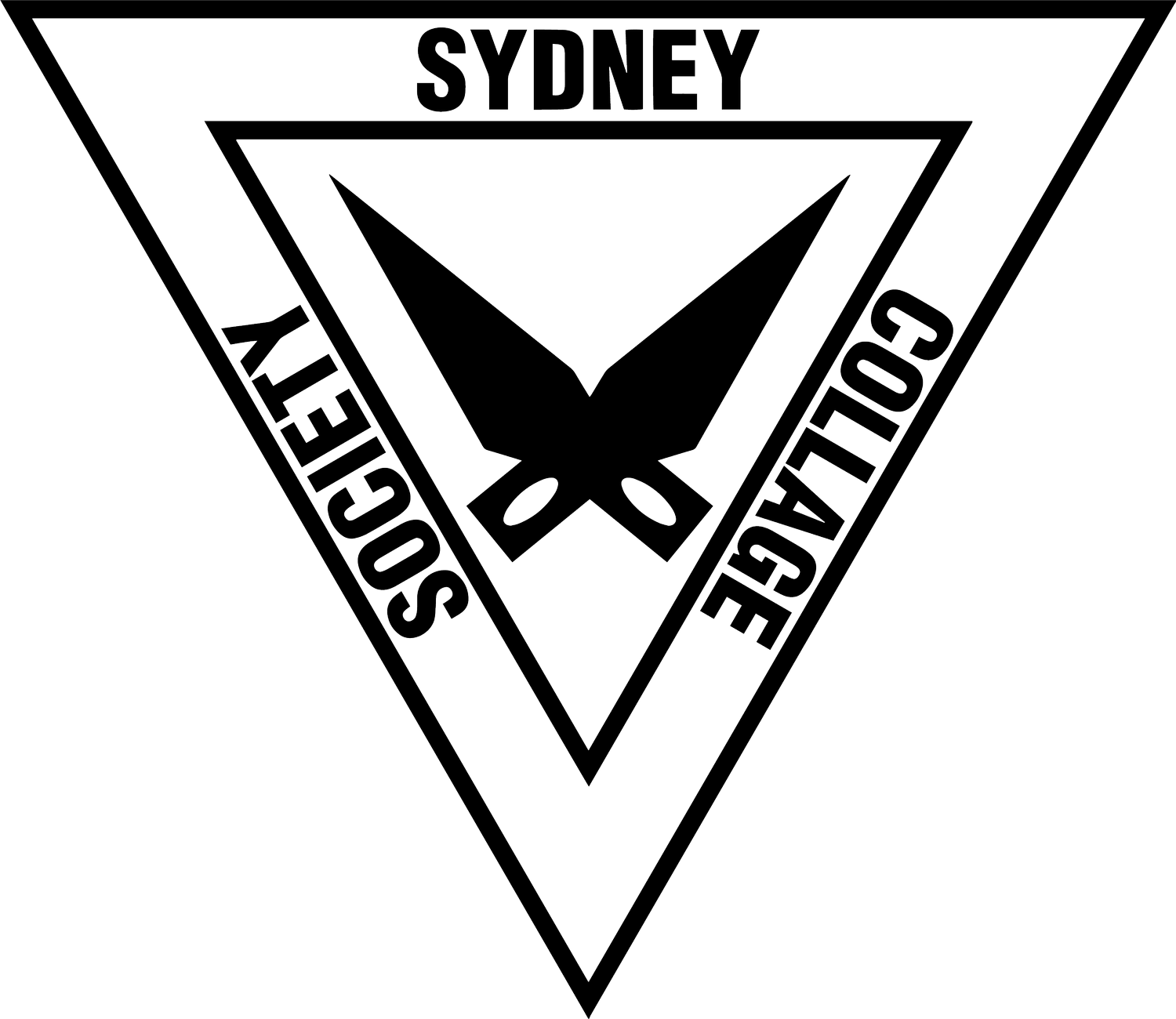Downtime Interview w/ Marisa Maestre
“I enjoy exploring volumes, textures, and everything the technique offers. I believe the only real limitation is the individual.”
— Marisa Maestre, 2025
1) LOCATION?
I live in Madrid, Spain. 🇪🇸
2) YEARS COLLAGING?
I started working with the collage technique after visiting a Max Ernst exhibition in 2009, "Une semaine de bonté." I became obsessed with that side of the artist; it captivated me, and I still haven’t escaped its spell. I began buying books about the technique and researching other artists and their graphic storytelling methods. At that time, I was working in water colour realism, and gradually, I transitioned: at first, I incorporated pasted elements into my water colours until I realised that collage was my true means of expression, the technique that made me feel most free.
3) WHY IS COLLAGE AN APPEALING MEDIUM?
For me, collage is the freest artistic discipline there is. It allows you to create immediate visual narratives with surprising, diverse, and often surreal effects. It also has a highly subversive and rebellious character, making it an ideal medium for expressing social, cultural, and political critique. Moreover, there are no strict rules or limitations, which, in my view, makes it one of the most democratic art forms.
4) WHO ARE THE BIGGEST INFLUENCES ON YOUR WORK?
Almost anything inspires me: nature, the spaces we inhabit, memory, and identity. I like to experiment with different materials; I don't confine myself to the traditional "cut and paste" associated with classic collage. I enjoy exploring volumes, textures, and everything the technique offers. I believe the only real limitation is the individual.
I am also deeply inspired by other artists. I think it’s important to observe what others are doing, to be a bit of a voyeur, because observing broadens the mind and enriches artistic practice.
My main influences come from the avant-garde movements of the last century, such as Dadaism and Surrealism, along with artists like Max Ernst, Man Ray, and René Magritte. Among my favourite artists are Louise Bourgeois and Hilma af Klint.
In photography, I greatly admire Saul Leiter and Vivian Maier.
In the contemporary scene, I recommend the work of Deborah Stevenson, Katrien De Blauwer, and Rebeka Elizegi.
5) ANALOG VS DIGITAL, WHAT ARE THE PROS & CONS OF EACH?
Without a doubt, I will always prefer analog collage. Although I also work extensively in digital media, the advantage of digital is its immediacy: you can easily modify colours, chromatic ranges, and apply different filters. However, analog collage offers a much deeper connection to our primal consciousness. Being able to touch textures, manipulate materials, search for elements, and engage all the senses—these are aspects that are difficult to replicate digitally, at least in my experience.
6) WHAT ARE THREE TIPS FOR SOMEONE STARTING OUT IN COLLAGE?
First, don’t impose limitations or rules on yourself.
Second, let go of prejudices and allow your imagination to flow freely.
Third, try to reconnect with your inner child.
Collage does not require specific technical skills or manual craftsmanship; you just need to create your own visual universe and fill it with personal content.
7) HOW DO YOU SPEND YOUR DOWNTIME?
When I’m not working as a graphic designer, illustrator, or artist, I spend my free time walking in the countryside with my family. I feel a deep emotional connection with nature—a longing to return to our origins and to a slower, more contemplative way of observing the world.
8) WHERE DO YOU SEE YOUR ART PRACTICE HEADING?
I believe my work is moving towards a much deeper relationship with the natural environment. My artistic practice arises from an intimate connection with nature, which not only inspires me but also acts as an active element within my pieces. I work with organic materials and natural residues, exploring their symbolic weight and evocative power. Through this process, I seek to bring my environment closer to the viewer, promote botanical education, and encourage reflection on the need to protect and respect our ecosystem.
“Geometría del espacio” Libro de artista realizado con collage. 25x15 cm. 2023
9) WHICH THREE ARTISTS SHOULD WE CHECK OUT?
In the contemporary scene, I recommend the work of Deborah Stevenson, Katrien De Blauwer, and Rebeka Elizegi.
10) WHAT MUSIC ARE YOU LOVING RIGHT NOW?
It depends on the moment. To work and connect more deeply with my creativity, I enjoy listening to Marie-Nicole Lemieux or Véronique Gens, to name just two artists who inspire me greatly.
11) UP AND COMING SHOWS OR PROJECTS WE SHOULD KNOW ABOUT?
My next major exhibition is scheduled for early next year at the CEART art centre. The exhibition will explore the profound connections that build our identity through nature, memory, and the spaces we inhabit.
See more 👀
Website: marisamaestre.com
Instagram: @marisamaestre













